Hanoi Attractions - The First "Must-see" Places For Tourists
1. Hoan Kiem Lake
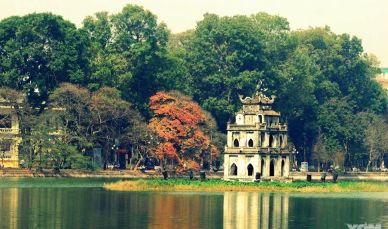
The Tortoise Tower of Hoan Kiem Lake.
Around the lake, there are some attractions related to historical events including The Huc Bridge, Pen Tower, Ngoc Son Temple, Tran Hung Dao Worshipping Temple and so on.
Read more about Hoan Kiem Lake
2. Temple of Literature
Opening hour: 08.00 - 17.00
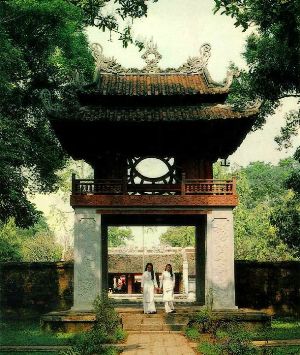
Temple of Literature - The first university of Hanoi.
Under the rule of Emperor Ly Nhan Tong, Temple of Listerature was considered the home of talents in Vietnam, the first national university recording the name of thousands of first doctoral candidates.
Read more about Temple of Literature.
3. Ba Dinh Square
In the tours discovering Hanoi, people also mention Ba DInh Square as a place recording some of the most essential historical events of Vietnam. Right at this square, on September 2nd 1945, Ho Chi Minh President addressing our residents stating the Declaration of Independence, giving birth to the Democratic Republic of Vietnam. The square’s campus is 32000 m2 in acreage with 240 squares which provide enough space for 20000 people attending the meeting. In the middle of the square, there is a flag tower of 30m high. Ba Dinh Square has become a sacred area of the capital city. In the morning and at night, the lowering and flying of flag ceremonies take place here in such a solemn atmosphere that anyone once cone here want to stop to follow and practise the national ritual of flag etiquette. The flying of flag ceremony takes places at 6:00 and 6:30 in summer and winter respectively while lowering of flag ceremony is at 21.00.
4. Relic of Ho Chi Minh President
5. St. Joseph’s Cathedral, Hanoi
Opening hour: 08. 00 ~ 21.00
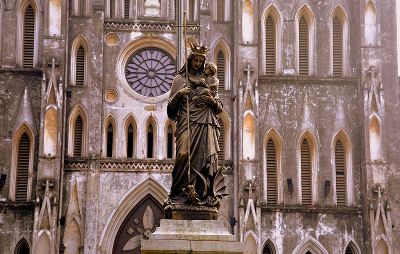
The Maria statue in front of Joseph's cathedral in Hanoi Old Quarter.
St. Joseph’s Cathedral is a construction designed by priest Puginier in Gothique architectural style. He is also the direct supervisor for the construction. Gothicque is the architectural style of medieval period in Europe which was so prevalent in 12th century and the Renaissance time in Europe. There is some common features between St. Joseph’s Cathedral and Notre-Dame Cathedral including the large, curving and sky upward domes. The cathedral is 64.5m long, 20.5m wide with two bell towers of 31.5m high with large and heavy stone pillars at 4 corners. The stone cross is at the top.
The outside appearance of the cathedral looks ancient in the old coast of lime covered with moss. In contrast, the construction inside is morden and seems to be intact by the time.
At present, St. Joseph’s Cathedral is one of the centres of Catholic activities in Hanoi and nearby regions. It also serves as an attractive destination fpr tourists, especially on some festivals.
6. West Lake
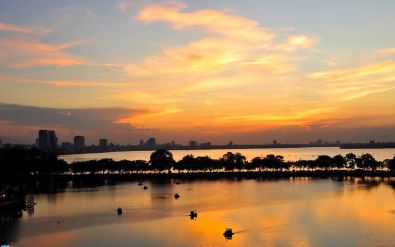
The West Lake is an ideal place for seeing the sunset.
West Lake is not only an idealtourist attraction but aso contains our national cultural values. Around this lake, there are 21 temples and pagodas which have been ranked as historical relics. Some relics compound various valuable artifacs including 102 stone stele, 165 165 couplets, 140 horizontal lacquereds, 18 ancient bells, more than 300 statues in bronze, wood or stone and so on.
7. Thang Long Citadel
Opening hour: Tuesday to Sunday, 08.00 - 11.30, 13.30 - 17.00
Tourist season: Spring & autumn with favourable weather conditions are the best times for travel tours to this destination.
Thang Long Citadel is a complex of relics related to the history of Thang Long – Hanoi capital which started from Dinh – Tien Le dynasties, devoped prosperously under Ly, Tranand Le dynasties and was renamed as Hanoi in Nguyen dynasty. Thang Long Citadel includes the monumental architectural constructions built in different stages of history and has become one of the most important relics in the system of historical relics in Vietnam. Recognized as the world’s cultural heritage, Thang Long Citadel officially becomes the world assest which is in need of well protection and exploitation.
8. Vietnam Museum of Ethnology
Opening hour: Tuesday to Sunday, 08.00 - 11.30, 13.30 - 17.00.
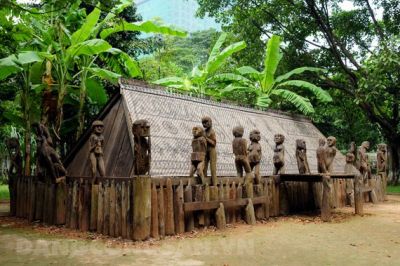
In the list of 10 interesting museum of Asia,
Vietnam Museum of Ethnology is really worthy to visit once time.
Visiting the museum, it takes you around 2 hours for not only watching paintings, photos and documentaries but also personally witnessing vivid artifacts and cultural identities of different minorities in Vietnam including Viet, Muong, Tay, Thai, Nung, Dao and Hmong.
Vietnam Museum of Ethnology possesses 54 collections of 54 groups in Vietnam which are sorted by their usage, including collections of clothes, jewelry, argricultural tools, fishery tools, weapons, housewares, musical instruments, artifacts related to religion, marriage, mourning or other social and spiritual activities.
Inside the Broze Drum House, there is an exhibition with the theme of Vietnam society under the time of subsidization which is sophisticatedly designed with artifacts and real witnesses that make onlookers cannot help touching about a past period of or country.
Read more about Vietnam Museum of Ethnology
9. One Pillar Pagoda
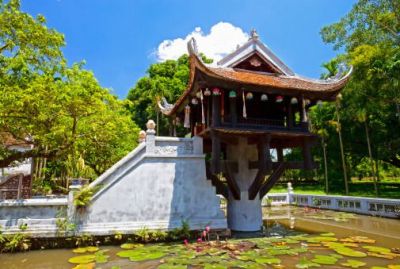
One Pillar Pagoda with the typical architectures of Vietnamese temple.
10. Tran Quoc Pagoda
Phone number: 0084 24 3829 3869
Opening hour: 08.00 - 16.30.
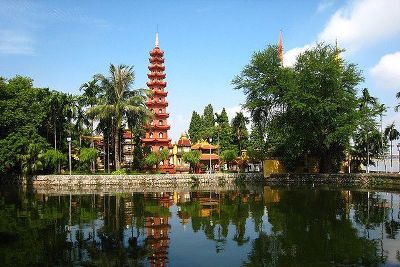
Tran Quoc - one of the most ancient Hanoi attractions.
Tran Quoc Pagoda serves as one of the most ancient pagodas in Vietnam which is located next to West Lake, at the end of Thanh Nien Street, Ba Dinh district, Hanoi. the pagoda was built under the time of Emperor Ly Nam De (541 – 547) nearby Red River with the name of Khai Quoc Pagoda (which means founding a country). In the period of Emperor Le Thanh Tong (1434 – 1442), the king changed the name of this pagoda into An Quoc. In 1615, the pagoda was moved to the current position.
With historical, architectural and religious values, Tran Quoc Pagoda is not only a sacred place for Buddhist followes but also a renowned tourist attraction for local and international tourists.
11. Vietnam Fine Arts Museum
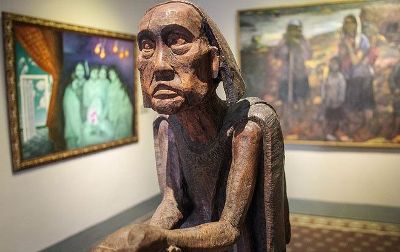
You can see lots of impressing objects at the museum.
12. Quan Thanh Temple
Quan Thanh Temple is situated in a nice location of between Truc Bach Lake and West Lake. This is not only a construction with historical and architectural values, but also a place where religious and cultural activities of Hanoans take place, and a tourist’s attraction.
13. Vietnam History Museum
Open: From 09.00 / Except every Monday.
Vietnam History Museum is the storing place of artifacts reflecting different cultures during our history from the primitive times to the foundation day of the Democratic Republic of Vietnam, including Dong Son Bronze Drum, Bat Trang Pottery, Shiva Statue, Wooden piles in Bach Dang battle and so on. Those are the essential witnesses for our history.
14. Hanoi Botanical Garden
15. Vietnam Women’s Museum
Phone: 0084 244 3825 9936
Opening time: Tuesday to Friday

The traditional costumes of Vietnamese women as "áo dài", "tứ thân", "áo yếm", etc,.
The museum includes 4 floors with thousands of documents and artifacts that have taken almost 10 years to be found and collected from nationwide, including photos, clothes bearing typical features of Vietnamese women.
Besides the artifacts representing a peaceful life of Vietnamese women, some are the remains of war times. The pictures describing the captivity and interrogation of invaders could make any viewer to feel the tenacity and indomitable of Vietnamese women, those who are said to be good at both housework and social affairs.
Take a Look at Our
featured tours
Hanoi Sightseeing by a Bike Tour
Itinerary: The Old Quarter - Ho Chi Minh Mausoleum - Tao Sach Pagoda - Biking Around - Tay Ho Temple - Tran Quoc Pagoda
Hanoi is beloved by travelers all over the World thanks to its lightly charming beauty. You are easily fallen in love with the streets of ancient...
Hanoi Cultural Day Trip - Best Tour in the Center
Itinerary: The Old Quarter - Vietnam Museum of Women - Temple of Literature - West Lake - Dong Xuan Market
Hanoi is known as one of the most charming capital of the World by its exotic beauty that is mixed between the ancient French architectures in The...
related destinations
Hanoi Street Artworks: Phung Hung Murals and Ceramic Mosaic Murals
With nowadays hustle and bustle life, Hanoi is known as a destination of old, peaceful, and profound beauty....Top 4 Resorts with Playground for Kids nearby Hanoi City Center
The hustle and bustle life of people who lives in big cities leading to the demand of relaxation and...The Temple of Literature - The first University of Thang Long Capital
Undergo over 1000 years of history, the Temple of Literature still be retained ancient beauty with...(+84) 3 87 86 68 52
Testimonials
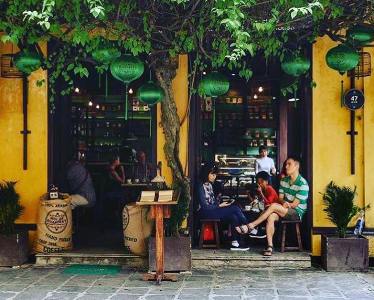
Excellent arrange, a really adapted proposal to our request
We were a group of 3 couples, chose FarEastour for our trip in Vietnam. We had some wishes:...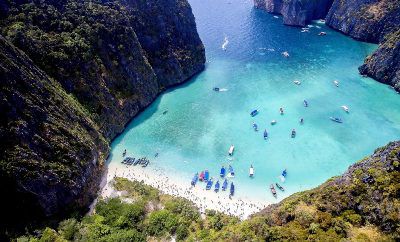
Highly recommended travel agency
We are very happy with our 22 days trip organized by Far East Tour! Our travel consultant,...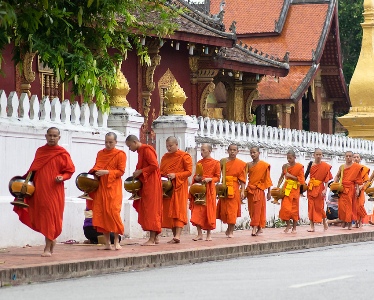
Dear Esther, I had a great time in Asia! You did arrange everything so perfect. Thank you so...

Touch with you again and remembering our unforgettable trip
Dear Christine, Hello, is good getting in touch with you again and remembering our unforgettable...
We had a very pleasant tour on Douce Mekong
Dear Wind, Thank you once again for your assistance, we had a very pleasant tour on Douce...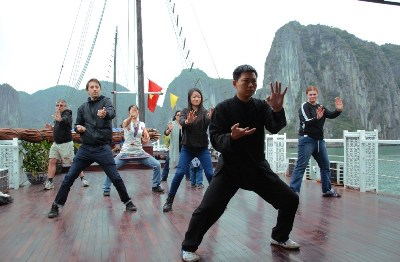
The trip to Ha Long Bay exceeded my expectations
Morning Esther, Now that I have returned to Australia I just wanted to send you a quick...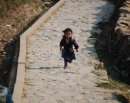
My trip to Sapa with your company has been great
Thanks a lot for your collaboration. About my trip to Sapa with your company has been great. The...
13 Days From Hanoi to Mekong with lots of happiness
We have been very happy having Mr Cong as a guide for Hanoi, and our cruise in Halong Bay was...
We asked Far East to put together a tour of Vietnam from north to south. They promptly emailed a...

Very professional and experienced travel agent
Very friendly and professional travel agent. Good advice given on what type of journey suits you....
I recommended your company to our travel agent in Germany
Dear Christine, Everything was fine, also the food. And for the vegetarian they tried special... Vietnam Tours
Vietnam Tours Vietnam Touren
Vietnam Touren Voyage au Vietnam
Voyage au Vietnam 越南旅游
越南旅游 越南旅遊
越南旅遊
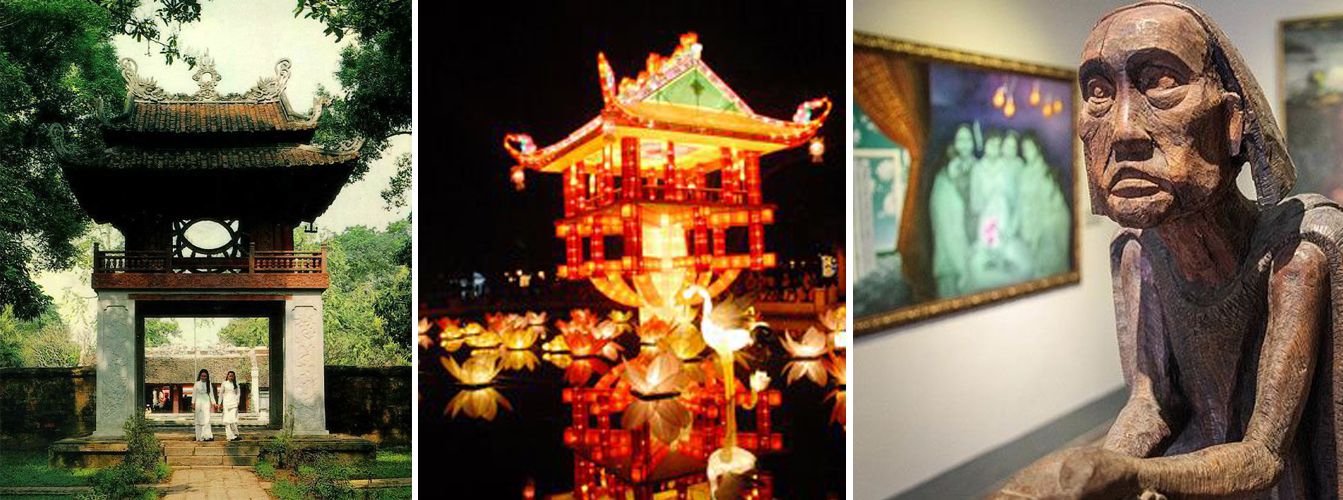
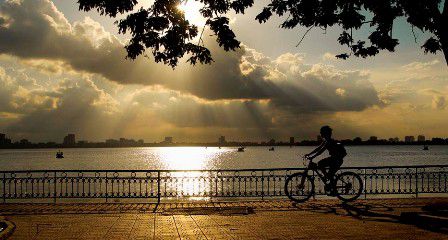
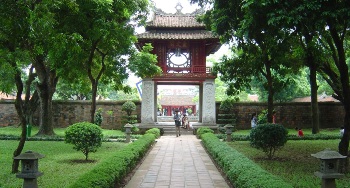


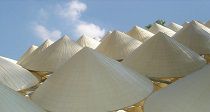
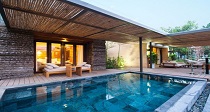

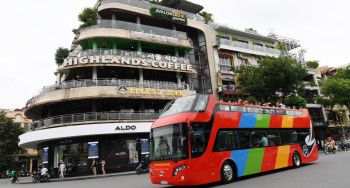
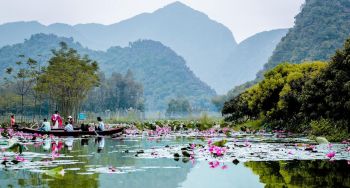
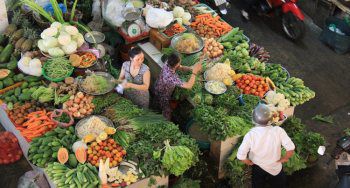
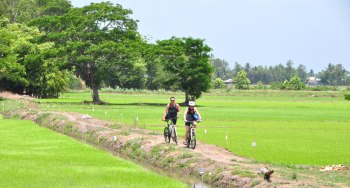
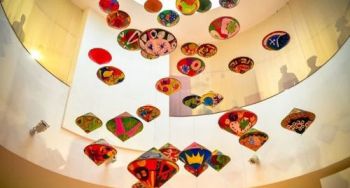




24/7